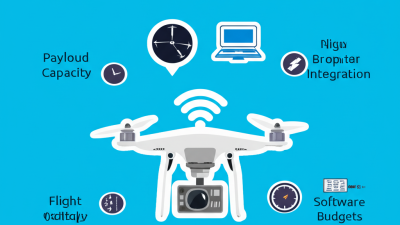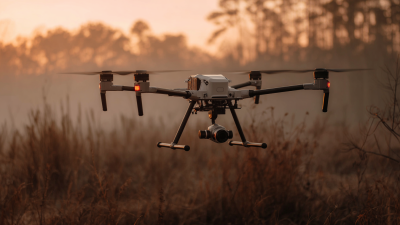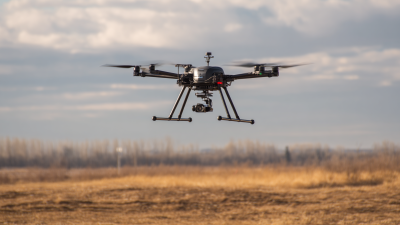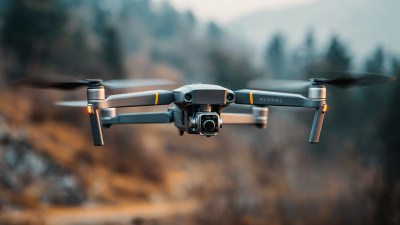Leave Your Message
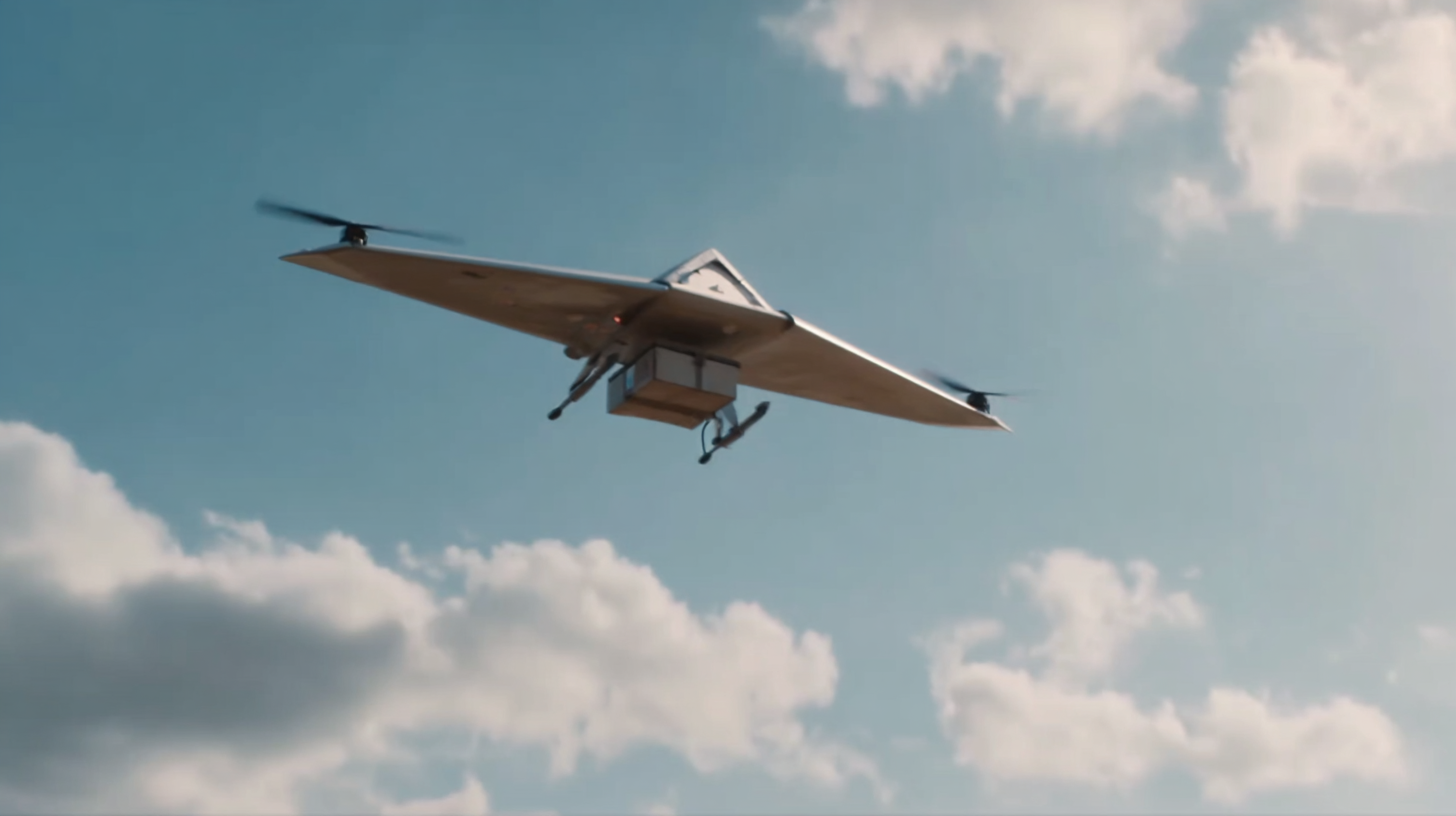 The rapid evolution of technology has given rise to innovative solutions in various sectors, and aerial delivery is no exception. Wing drones, specifically designed for efficient and rapid transportation of goods, are increasingly becoming a game-changer in this domain. According to a report by ResearchAndMarkets, the global drone delivery market is projected to reach $39 billion by 2030, driven by advancements in drone technology and the growing demand for quick logistics solutions. With their ability to bypass traffic congestion and deliver packages directly to consumers within minutes, Wing drones are positioned at the forefront of this transformation. As companies like Alphabet's Wing expand their services, they are not only improving delivery speeds but also reducing operational costs, marking a significant shift in how we envision the future of logistics. This has major implications for e-commerce, healthcare, and beyond, suggesting a promising horizon for the ubiquitous use of Wing drones in aerial delivery services.
The rapid evolution of technology has given rise to innovative solutions in various sectors, and aerial delivery is no exception. Wing drones, specifically designed for efficient and rapid transportation of goods, are increasingly becoming a game-changer in this domain. According to a report by ResearchAndMarkets, the global drone delivery market is projected to reach $39 billion by 2030, driven by advancements in drone technology and the growing demand for quick logistics solutions. With their ability to bypass traffic congestion and deliver packages directly to consumers within minutes, Wing drones are positioned at the forefront of this transformation. As companies like Alphabet's Wing expand their services, they are not only improving delivery speeds but also reducing operational costs, marking a significant shift in how we envision the future of logistics. This has major implications for e-commerce, healthcare, and beyond, suggesting a promising horizon for the ubiquitous use of Wing drones in aerial delivery services.
Wing drones are revolutionizing last-mile delivery by significantly enhancing efficiency and speed. These unmanned aerial vehicles can quickly navigate urban environments, bypassing traditional traffic congestions that often slow down ground deliveries. With their advanced navigation systems and real-time data processing, Wing drones can calculate optimal flight paths, ensuring timely deliveries even during peak hours. This capability not only improves customer satisfaction but also reduces operational costs for delivery services.
Tips: When considering drone delivery for your business, invest in a robust logistics platform that integrates drone technology. This will ensure seamless coordination between drone operations and inventory management, maximizing the potential of aerial delivery. Additionally, focus on training personnel to effectively manage and monitor drone flights, ensuring safety and compliance with local regulations.
Moreover, the environmental benefits of using Wing drones are notable. By replacing traditional delivery vehicles with electric drones, companies can significantly lower their carbon footprint. With fewer emissions from delivery routes, businesses align themselves with global sustainability goals while appealing to environmentally conscious consumers.
Tips: Always keep the communication lines open with your customers. Providing real-time updates on their deliveries via an app can enhance their experience and build trust in drone delivery services.
Wing drones are revolutionizing aerial delivery solutions through several key technologies. One of the most significant advancements is the integration of advanced navigation systems, which allow these drones to operate safely and efficiently in urban environments. These systems utilize GPS, obstacle detection, and real-time data analytics to enable precise navigation, ensuring timely and accurate deliveries without compromising safety.
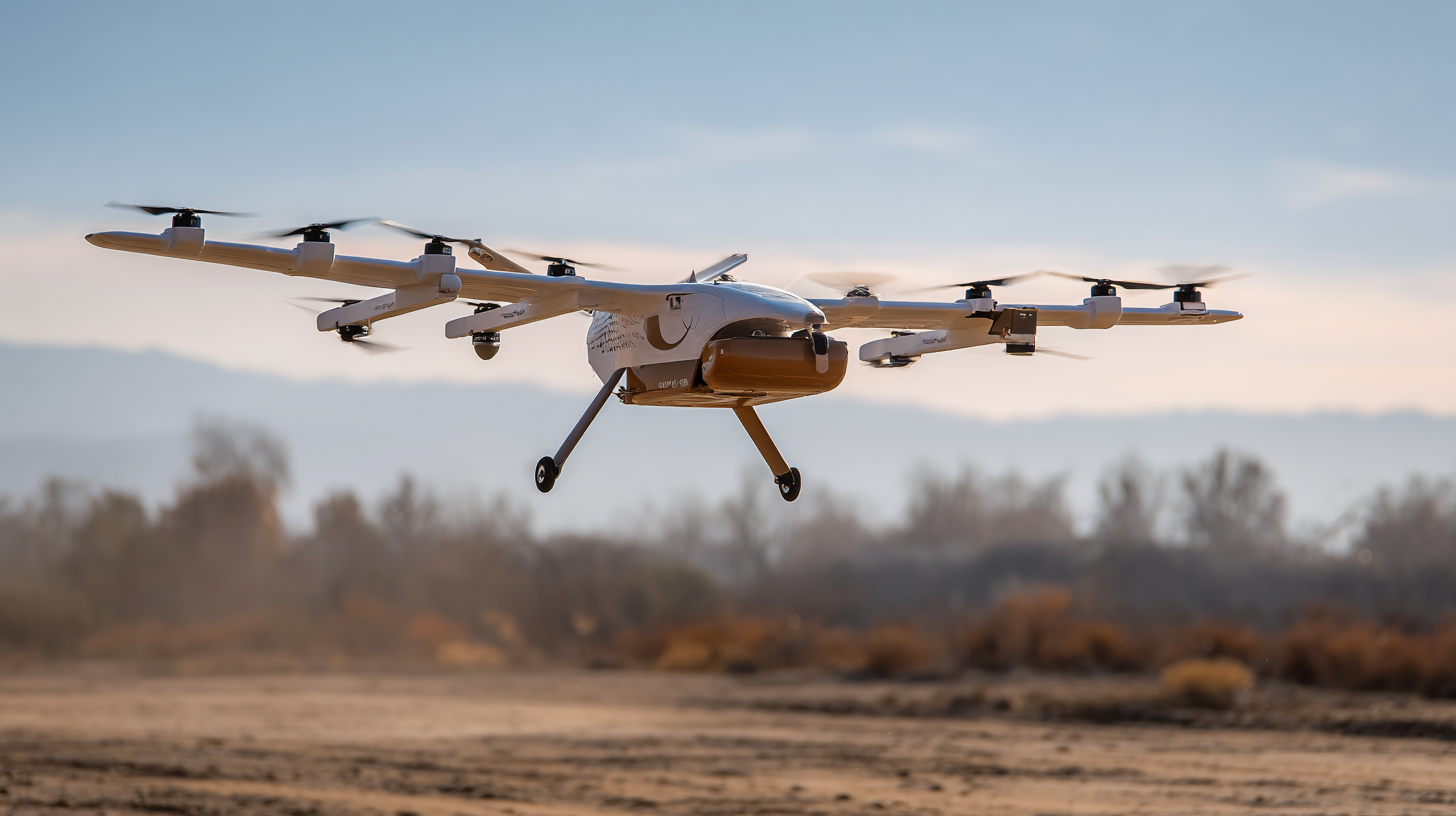
Moreover, the development of lightweight materials and energy-efficient designs contributes to the performance of Wing drones. These innovations lead to increased payload capacities while minimizing energy consumption, enabling longer flights and greater distances. Additionally, the incorporation of artificial intelligence enhances logistics management by optimizing delivery routes and automating flight operations, which ultimately streamlines the entire delivery process. Through these technological advancements, Wing drones are setting new standards in the aerial delivery industry, paving the way for faster and more reliable service.
The emergence of wing drones has revolutionized aerial delivery solutions, yet their integration into the airspace is not without challenges. Regulatory frameworks play a pivotal role in determining how these drones can operate safely and efficiently. Governments face the complex task of balancing innovation with public safety, necessitating comprehensive guidelines that address issues such as air traffic management, noise pollution, and emergency response protocols.
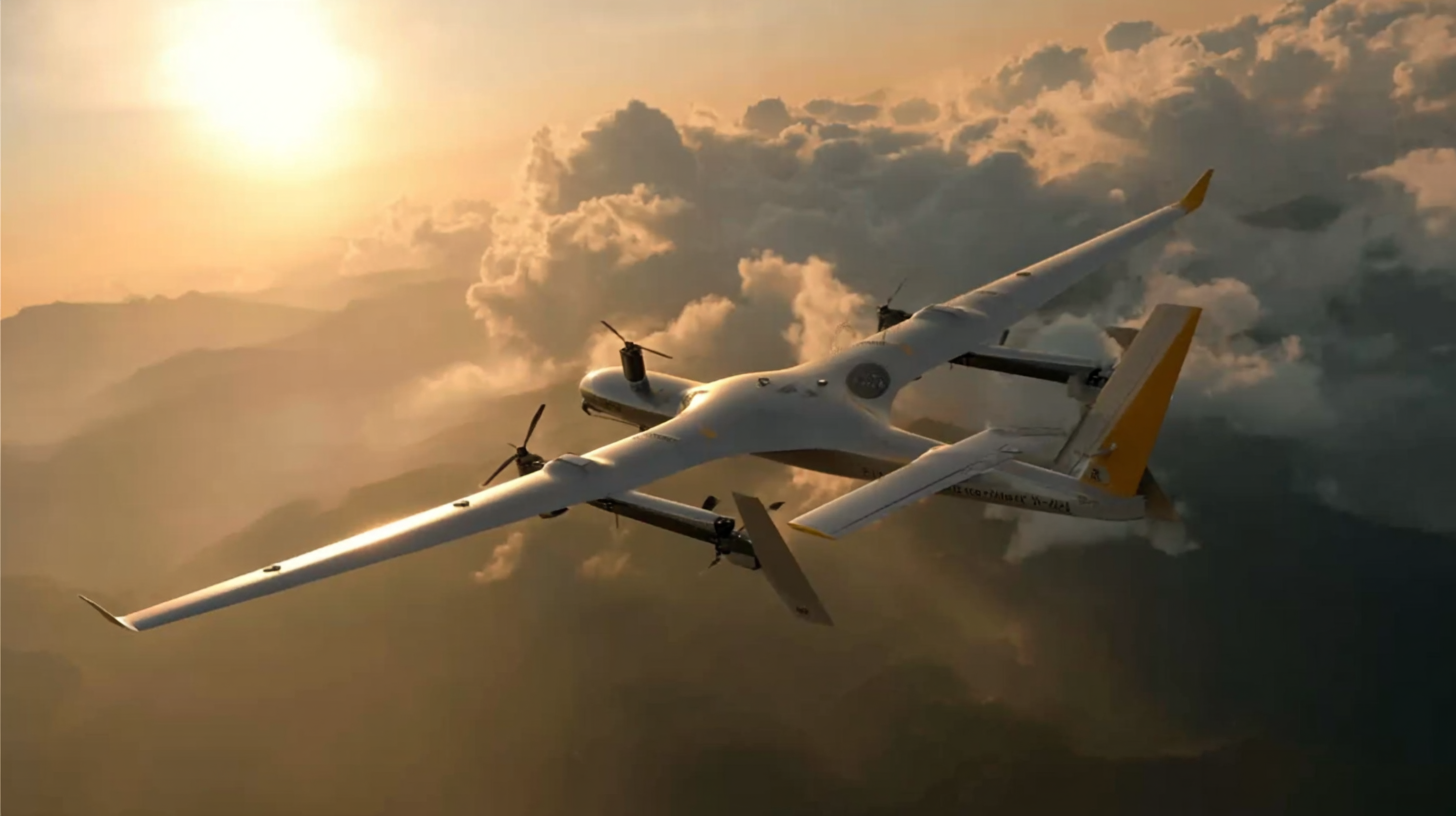
Additionally, the diverse landscape of regulations across different regions complicates the operation of wing drones. Companies must adapt to various compliance requirements, which can hinder rapid deployment and scalability of their services. Collaborative efforts between drone manufacturers, delivery companies, and regulatory bodies are essential for creating harmonized standards that promote safe and effective drone operations.
As the demand for efficient delivery solutions continues to rise, overcoming these regulatory hurdles will be crucial for the widespread adoption of wing drones in the logistics sector.
Integrating Wing drones into delivery networks requires careful planning and consideration of various best practices to maximize efficiency and effectiveness. First, companies must assess their operational areas to ensure that the drone technology can navigate safely and effectively. This includes mapping delivery zones, understanding local regulations, and considering geographical challenges such as obstacles and no-fly zones. By conducting a thorough analysis, businesses can establish optimal flight paths that minimize delivery times while adhering to safety standards.
Additionally, training personnel to operate and maintain these drones is crucial. Implementing a comprehensive training program not only enhances the skills of the workforce but also promotes a culture of safety and responsibility. Stakeholders should invest in ongoing education to keep staff updated on the latest advancements in drone technology and regulations. Moreover, integrating customer feedback systems can further refine delivery services, allowing for adjustments based on user experiences and preferences. By focusing on these best practices, organizations can ensure a smooth integration of Wing drones into their delivery networks, leading to enhanced service and customer satisfaction.
| Delivery Method | Average Delivery Time | Range (Miles) | Payload Capacity (lbs) | Environmental Impact |
|---|---|---|---|---|
| Wing Drones | 30 minutes | 20 | 3 | Low CO2 emissions |
| Traditional Van Delivery | 1-2 hours | 30 | 1000 | High CO2 emissions |
| Parcel Drones | 20-40 minutes | 15 | 5 | Medium CO2 emissions |
| Bicycle Courier | 1 hour | 5 | 1 | Very low CO2 emissions |
The future of aerial delivery is being reshaped by innovations in wing drone technology. Wing drones, characterized by their glider-like designs and efficient flight patterns, offer significant advantages over traditional delivery methods. These drones can cover longer distances with minimal energy consumption, reducing delivery times and operational costs. As logistics companies embrace this technology, we are witnessing an unprecedented shift towards sustainable and efficient delivery solutions.
Advancements in autonomous navigation and artificial intelligence further enhance the potential of wing drones. With the integration of sophisticated mapping and obstacle-avoidance systems, these drones can navigate complex urban environments safely. This capability not only expands the range of delivery services but also improves reliability. As companies invest in research and development, we can expect to see the deployment of larger fleets of wing drones, enabling rapid delivery of essential goods and services, transforming consumer experiences in the process.
